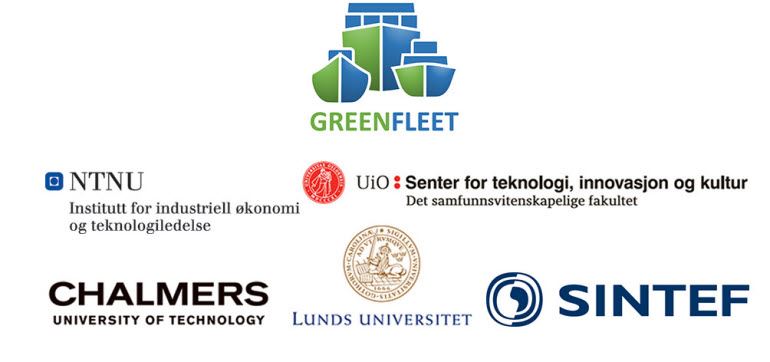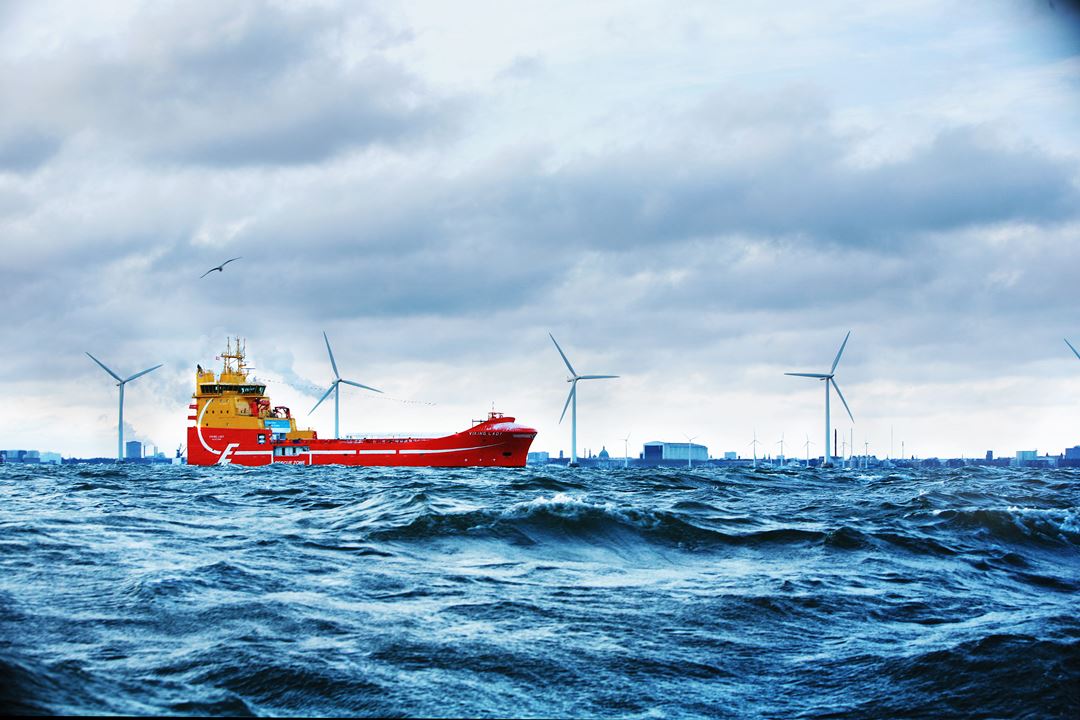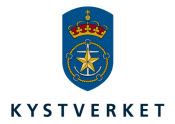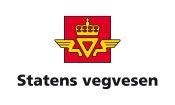Greening the Fleet (Greenfleet) is a research project that aims to analyse the opportunities and challenges associated with a transition from fossil-based fuels to low- or zero-carbon technologies. From previous research we know that such 'sustainability transitions' are complex and lengthy processes. This is due to various barriers (technology, economy, culture etc.) confronting novel technological solutions, that may be of organizational, contextual or systemic nature. That transitions are challenging and lengthy is therefore often not due to technology itself, but rather to other factors such as established conventions and 'rules of the game', that new technologies require protected 'niches' wherein they can develop to commercial level, lacking market demand, high degrees of uncertainty regarding technology choices and so on.
With a 'technological innovation systems' perspective at its core, Greenfleet will analyse the strengths and weaknesses of three focal low- or zero-carbon energy technologies (battery-electric, biofuels, hydrogen), as well as hybrids of these and conventional energy solutions. Each of these focal technologies constitute a 'technological innovation system' with differing degrees of maturity and complexity. Development and maturation of technological innovation systems has been found to be contingent of seven different processes or functions (with key aspects):
- Knowledge development and diffusion (different types of knowledge and learning processes)
- Influence on the direction of search (incentives to enter a technological field)
- Market formation (rise of demand, public procurement, pilot and demonstration projects)
- Resource mobilization (human and financial capital, complementary assets)
- Legitimation (social acceptance)
- Entrepreneurial experimentation (testing and developing new solutions)
- Development of external economies (formation of specialized know-how, intermediate goods, knowledge spillovers)
By analysing these functions/processes (using various indicators), Greenfleet aims to illuminate the strengths and weaknesses of novel 'green technologies' that can contribute to emission reductions in the Norwegian maritime shipping sector. This knowledge will be useful for informing policy makers about framework conditions and policy tools, and may contribute to enhanced grounds for decision-making. It can also shed light on potential synergies across the maritime industry and also other sectors.
Theoretically and conceptually the TIS approach forms the core of the Greenfleet project. To better understand both context and agency, we complement the TIS approach with perspectives from the broader sustainability transitions literature as well as more actor-oriented approaches from organizational theory and strategic management. Greenfleet engages with a rather complex empirical field. First, the MSS covers a broad range of vessel types that operate within various domestic and international market segments and are thus subject to different framework conditions and regulations. Second, the new LoZeCs (i.e. emerging TIS) differ in their level of development and diffusion, application contexts, potential in 'hybrid solutions' with other new and conventional energy technologies and fuels, relevance and linkages to other sectors. Our empirical focus will be on three key LoZeC technologies or fuels, thus constituting the focal TIS to be analyzed: biofuels, battery-electric, and hydrogen.
Against this background, the main research question in Greenfleet is:
- What are the systemic, contextual and actor-level drivers and barriers confronting 'green shift' processes in the MSS?
Additionally, Greenfleet addresses the following sub-questions:
- What is the status of the different focal TISs and what are their particular system strengths and weaknesses? (WP1)
- What firm level strategies and industry dynamics concerning technology development, investment decisions and business models linked to LoZeCs characterize the MSS? (WP2)
- How are the focal TISs affected by 'external' contextual dynamics? (WP3)
- Given the status of focal TISs, contextual conditions and firm level strategies, what future transition pathways can lead towards a sustainable MSS? (WP4)
Read more about Greenfleet workpackages.
Greenfleet is financed by the Research Council of Norway for 3.5 years. The project is managed by SINTEF Technology and Society, Department of Industrial Management. Additional research partners are NTNU Department of Industrial Economics and Technology Management, University of Oslo (TIK centre), Lund University and Chalmers University.
A reference panel with members from the Federation of Norwegian Industries, Norwegian Shipowner's Association, NCE Maritime Cleantech, Norwegian Coastal Administration, Norwegian Public Roads Administration, Norwegian Maritime Authority, Enova, Bellona and DNV GL will contribute to the project through an annual workshop. Workshops will provide an arena both for data intake and dissemination. These key stakeholders in the Norwegian maritime shipping sector will also assist the research project by 'reality checking' interview guides and surveys and helping researchers gain access to relevant information and informants.












